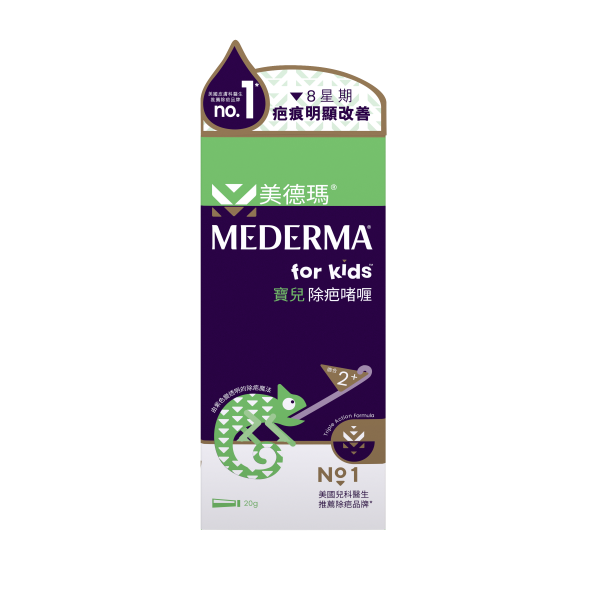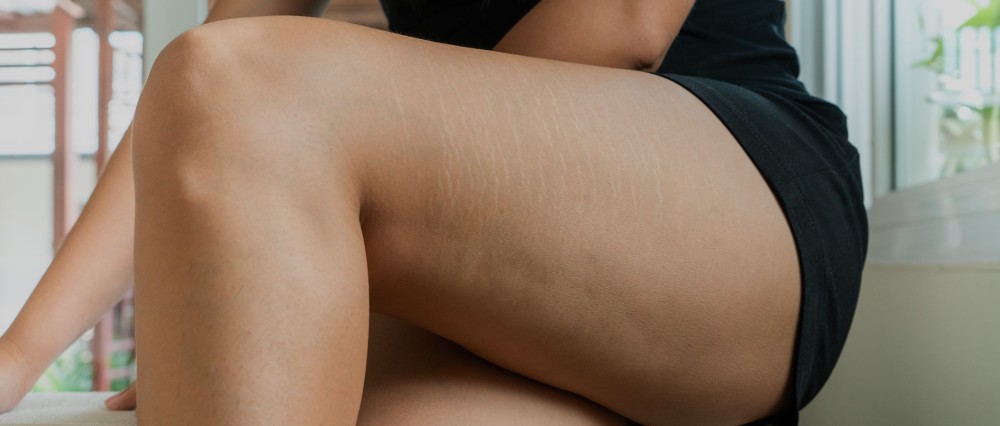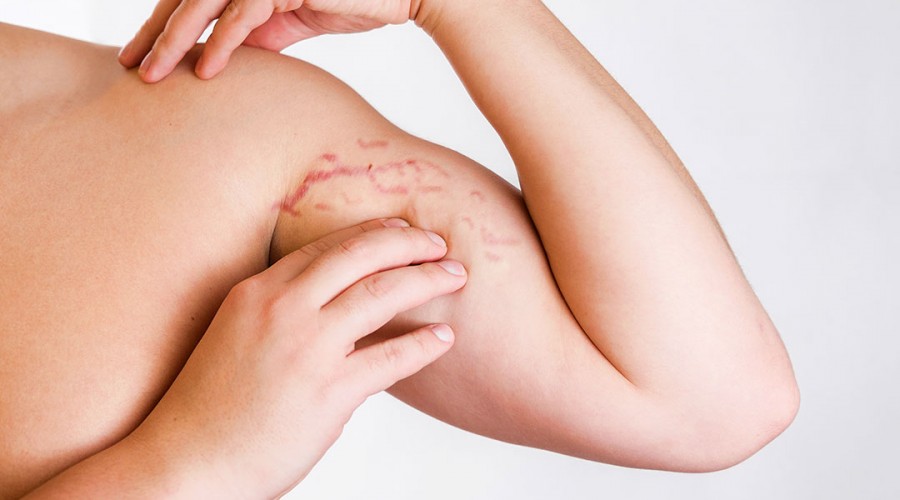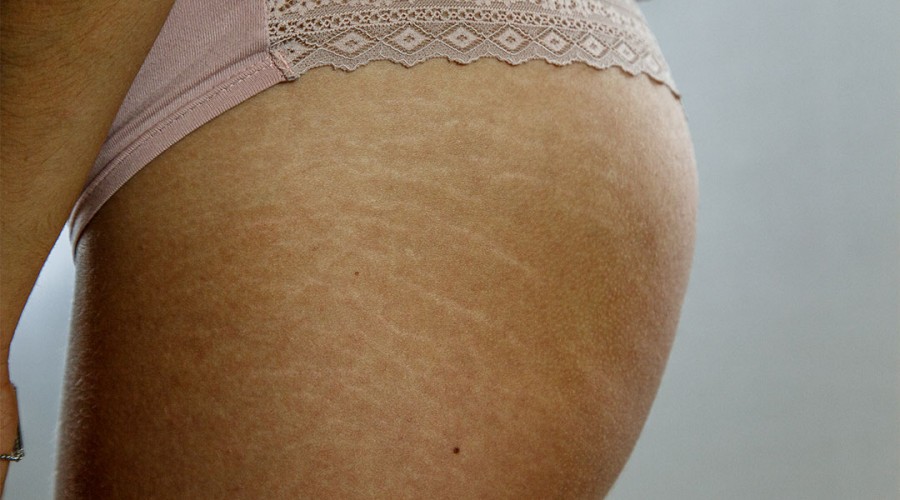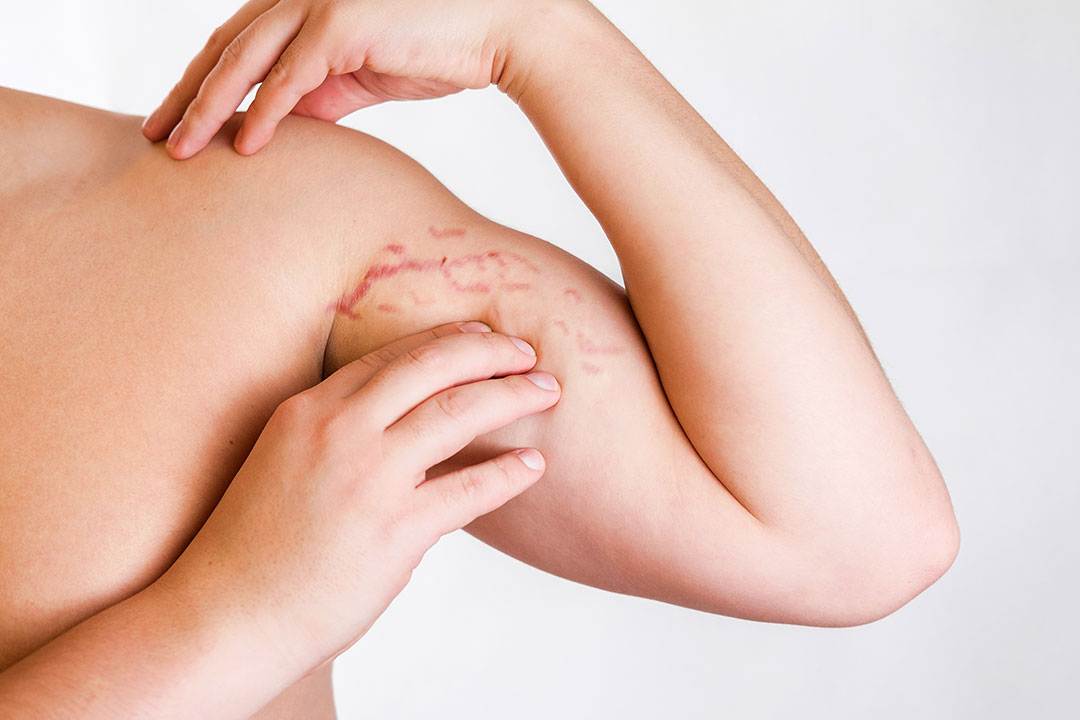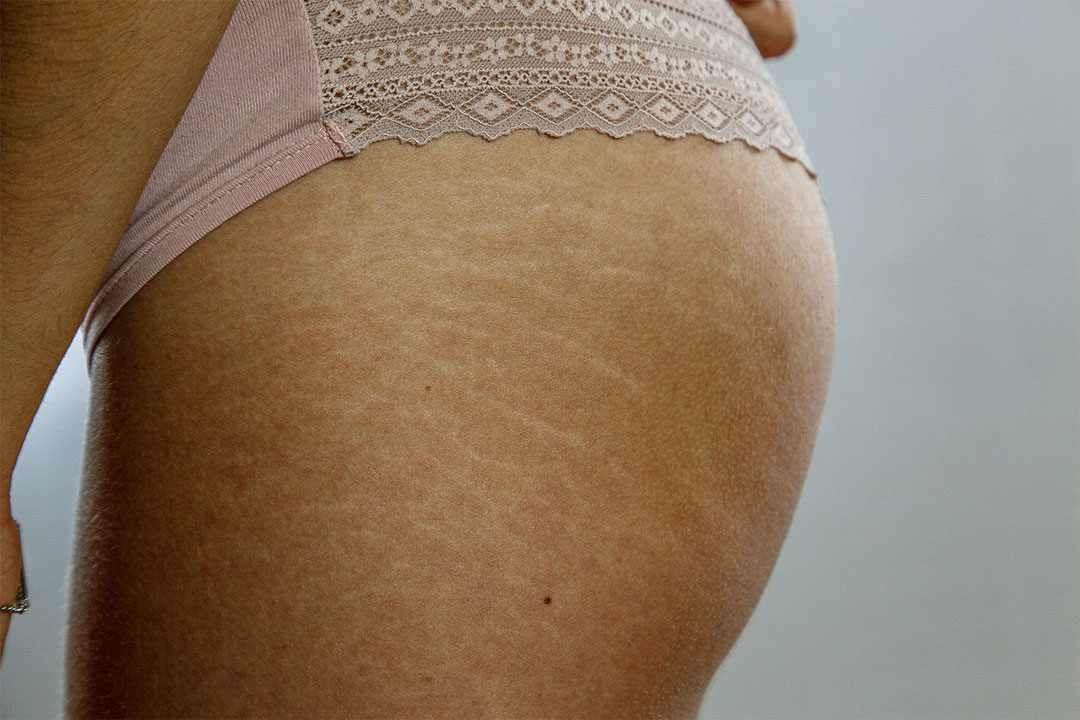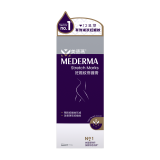How can I prevent stretch marks when losing weight?
No matter if you want to chisel your body, wish to reclaim your old self, or have to lose weight for other reasons, you probably don’t want stretch marks to be the visible result of your efforts.
Apart from existing stretch marks from weight gain, excess skin after rapid massive weight loss might cause some stretching and tearing[1]. So, if you want to lose a lot of weight, it helps to lose the weight slowly by healthy eating and regular exercise, as described above. Most importantly, keep your skin hydrated to give it the elasticity to re-contract.
How can I reduce existing stretch marks?
You already lost weight? Good for you! Some stretch marks won’t fade when you lose weight, instead they can become more visible. The remaining stretch marks might make you feel self-conscious or perhaps you are just rather annoyed that your efforts don’t shine through the way you imagined. But don’t worry! You have already shown that you’re a warrior by losing the weight in the first place, so you’ll easily tackle this one.
There are several topical creams and oils on the market. some are available by prescription only, but most can be obtained over the counter.
The most effective are stretch mark products that are formulated to stimulate collagen production by including for example hyaluronic acid or hydrolyzed collagen supplement in addition to soothing and moisturizing components, which helps to improve the appearance of skin texture by tightening and plumping your skin[5,6]. The effect of such creams may be increased by physical or chemical exfoliation as well as by gentle massage to locally improve circulation.
Find more information on how to care for your stretch marks on our blog.
If these options do not work for you, you should talk to your dermatologist. A dermatologist can discuss more invasive options such as microneedling, laser, radio, and ultrasound therapy with you[6]. The most drastic procedure is surgery, but this is unnecessary in most cases. To best support your skin’s recovery during these procedures, consider rehydration with topical moisturizers, such as of the Mederma® range.
